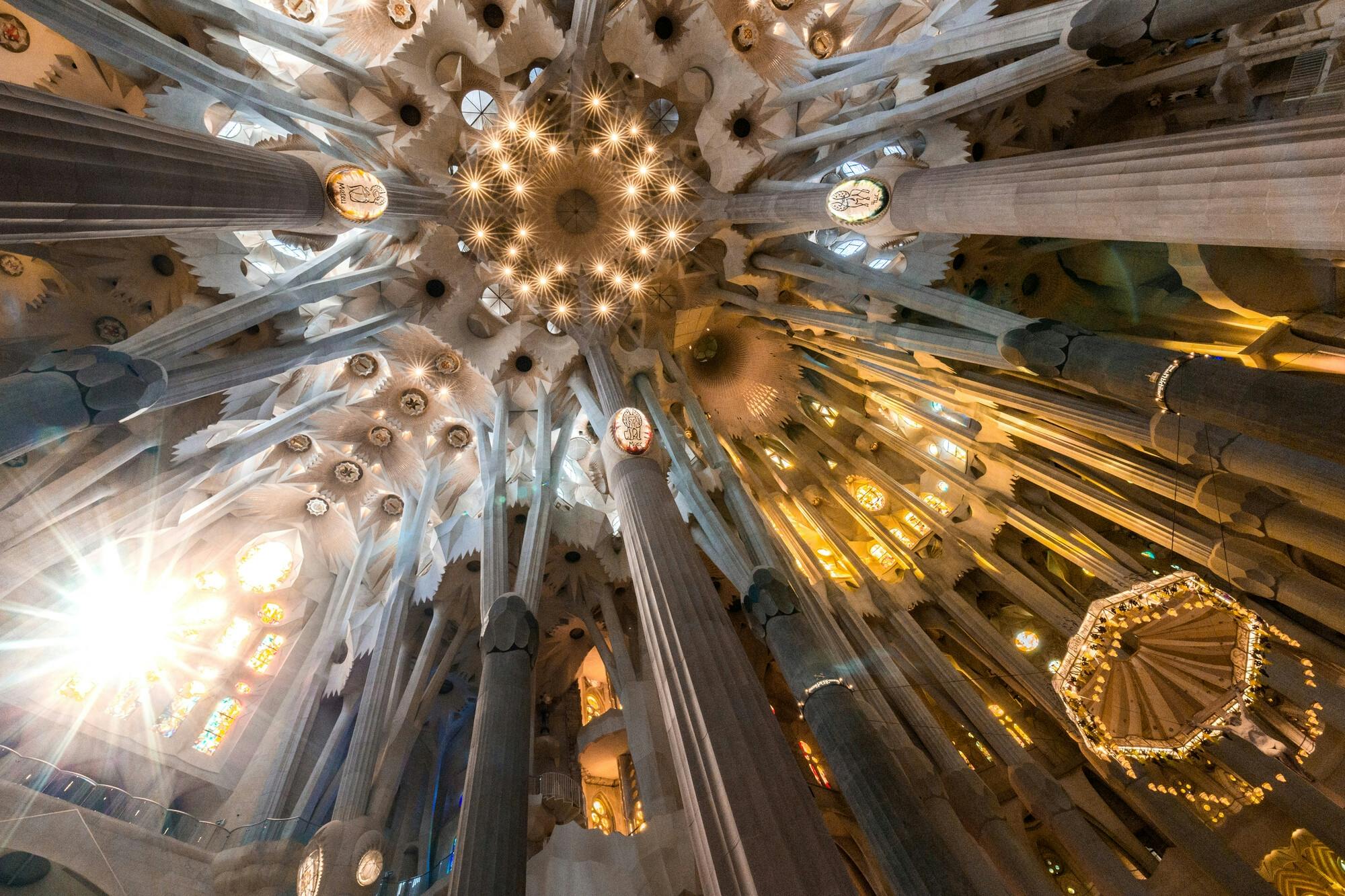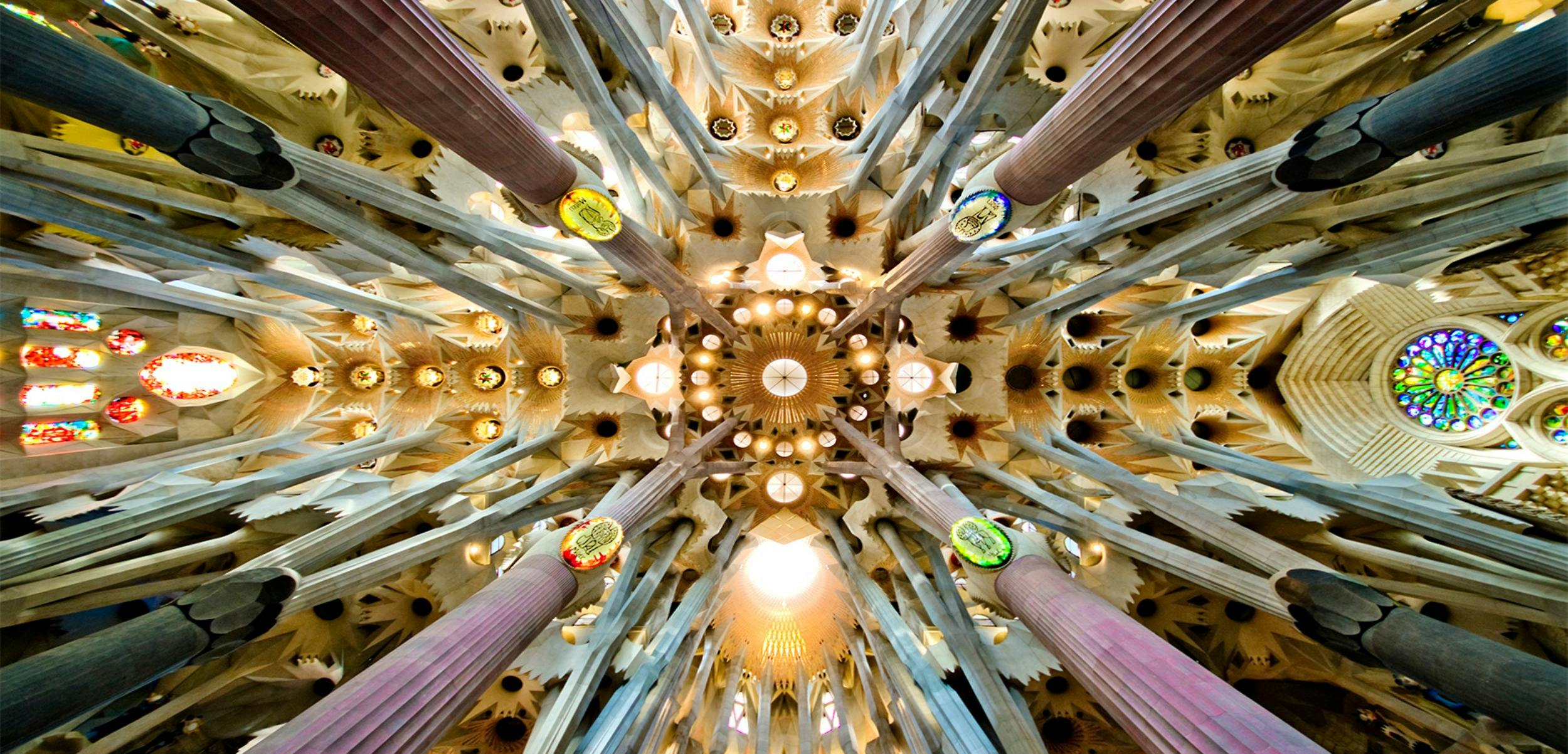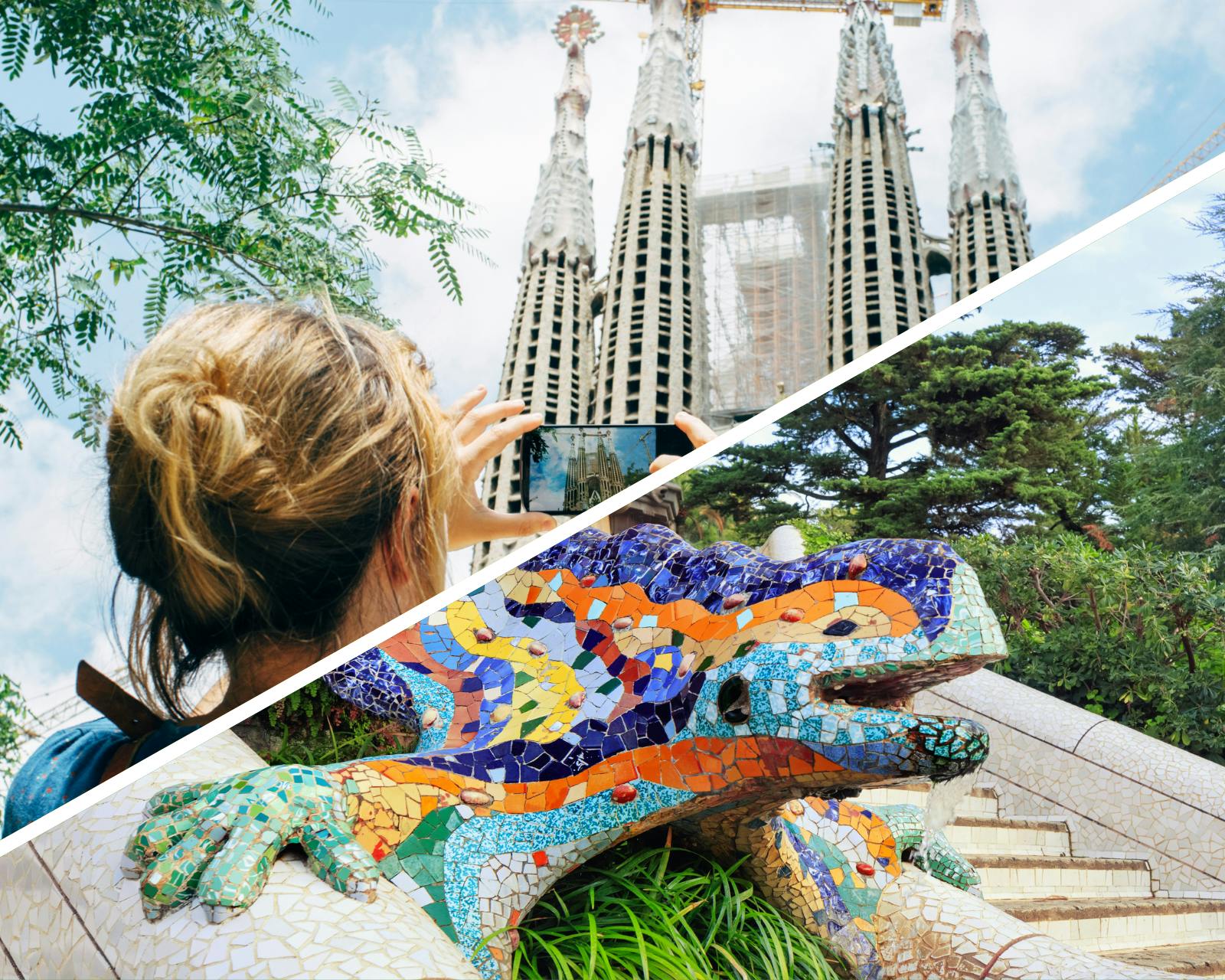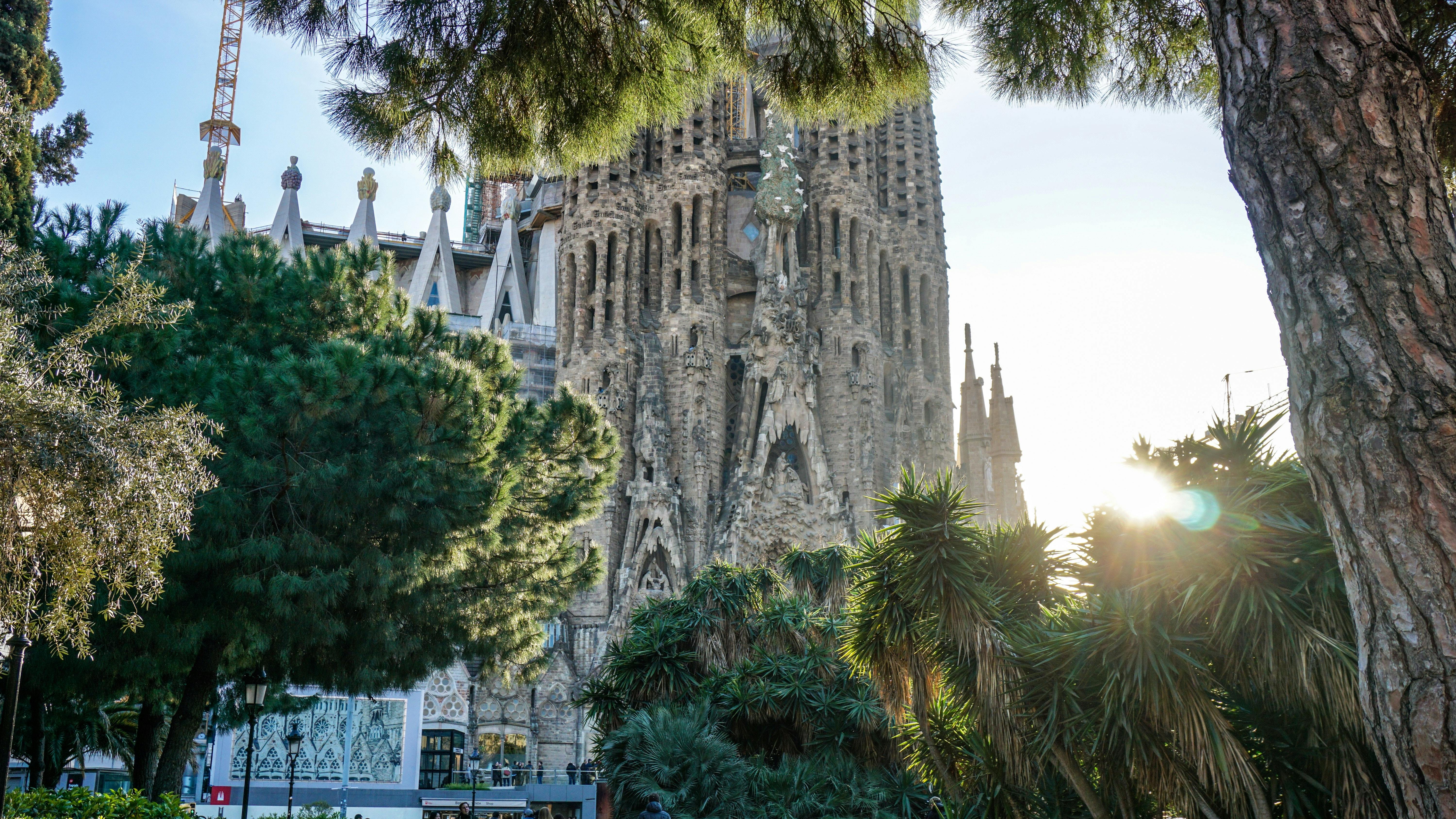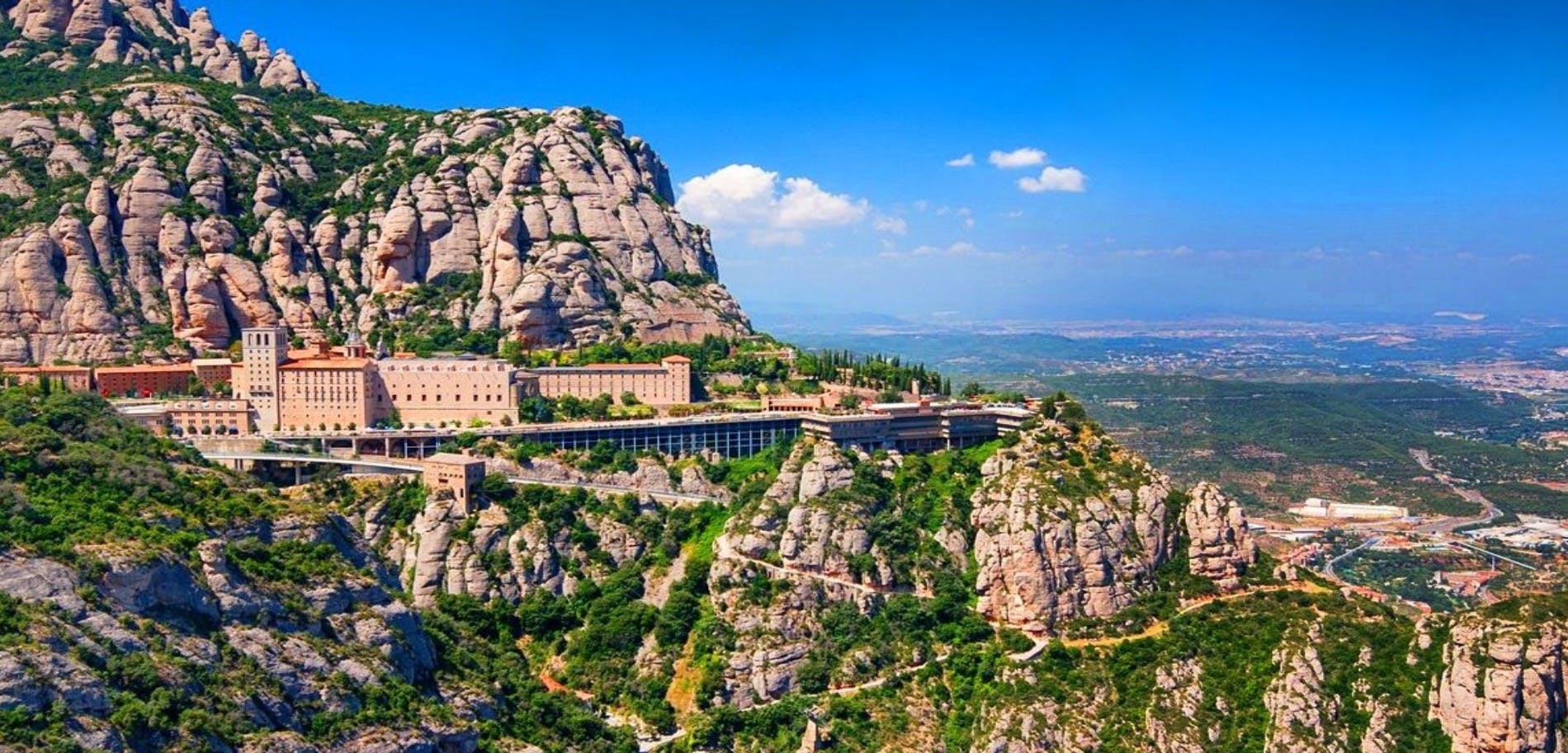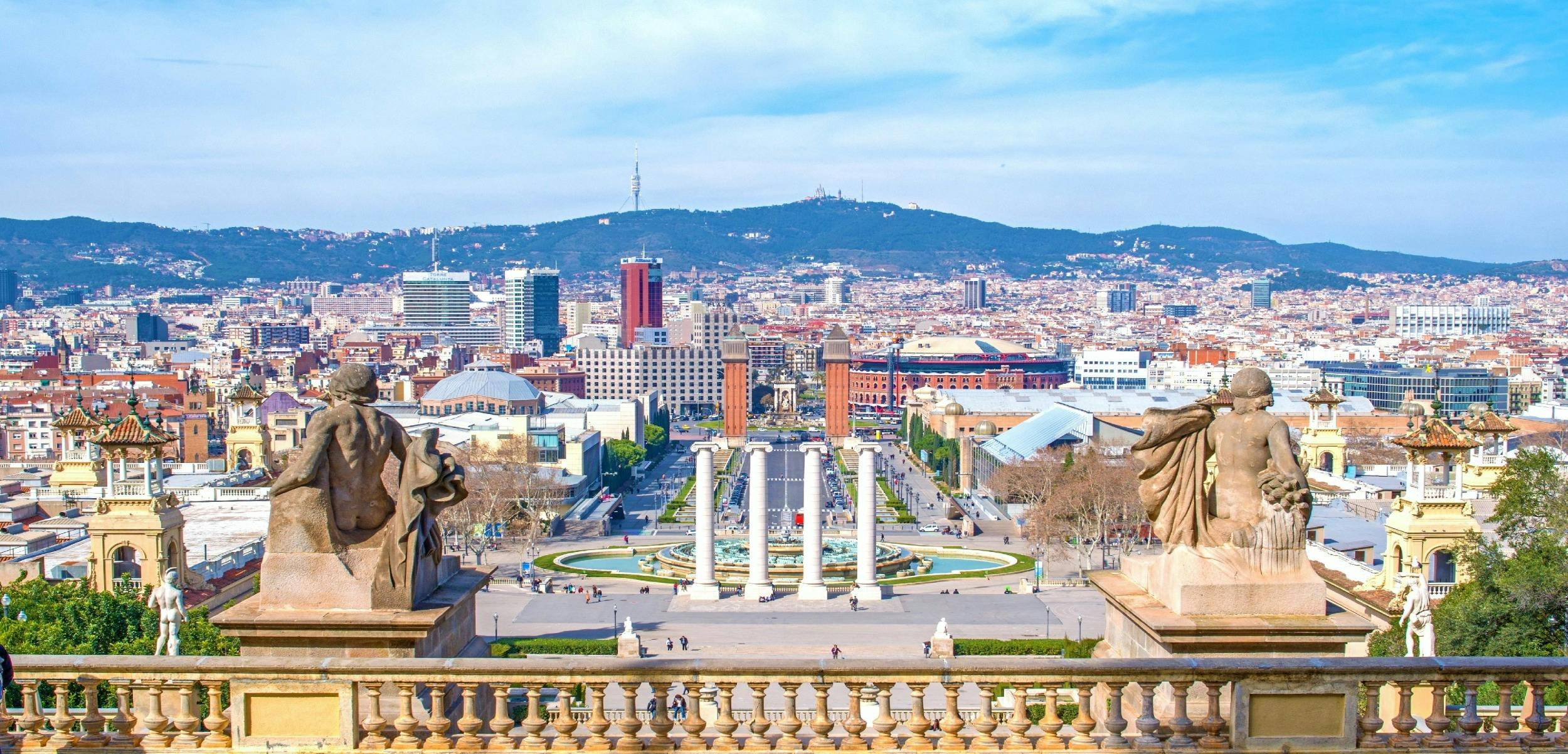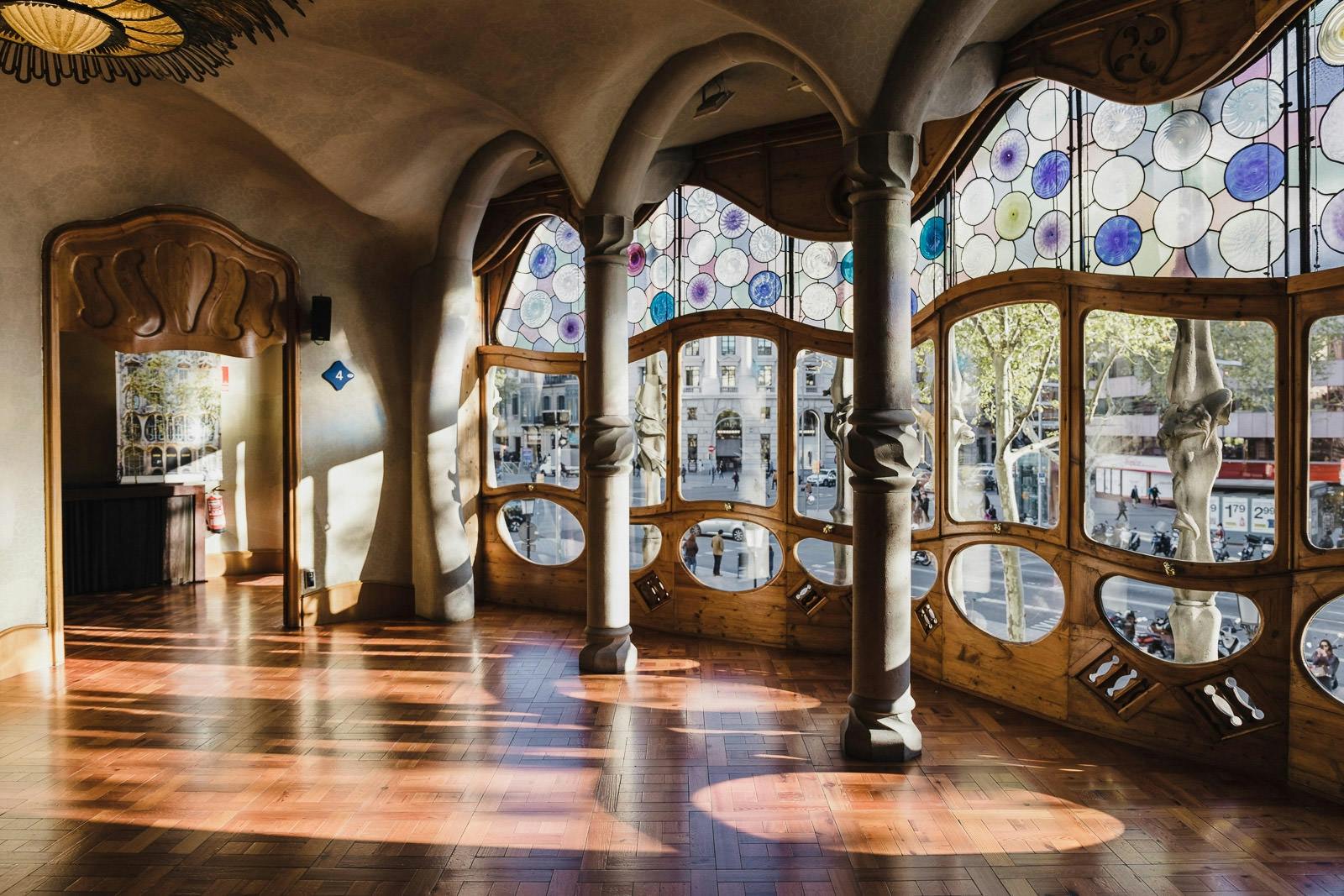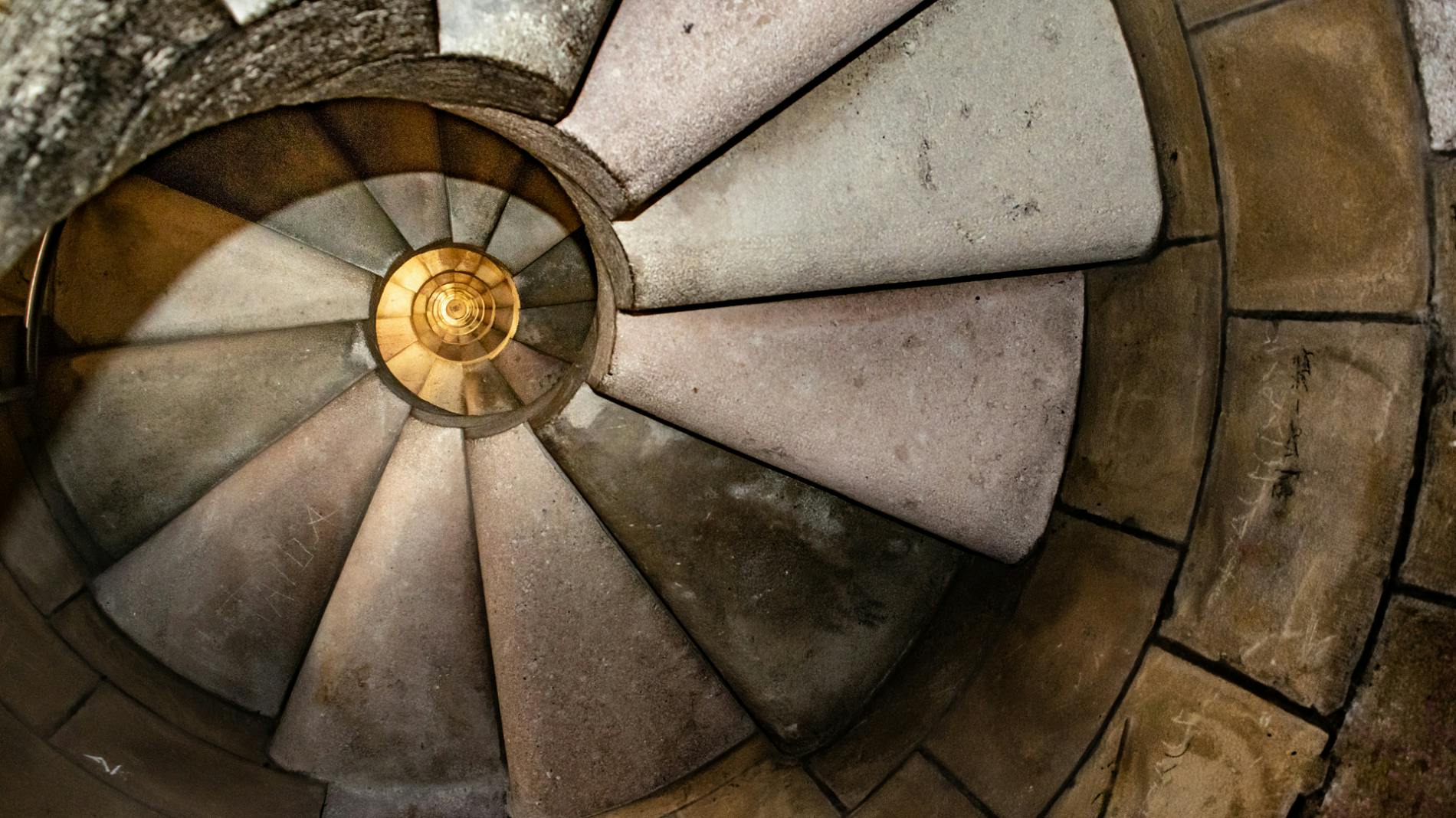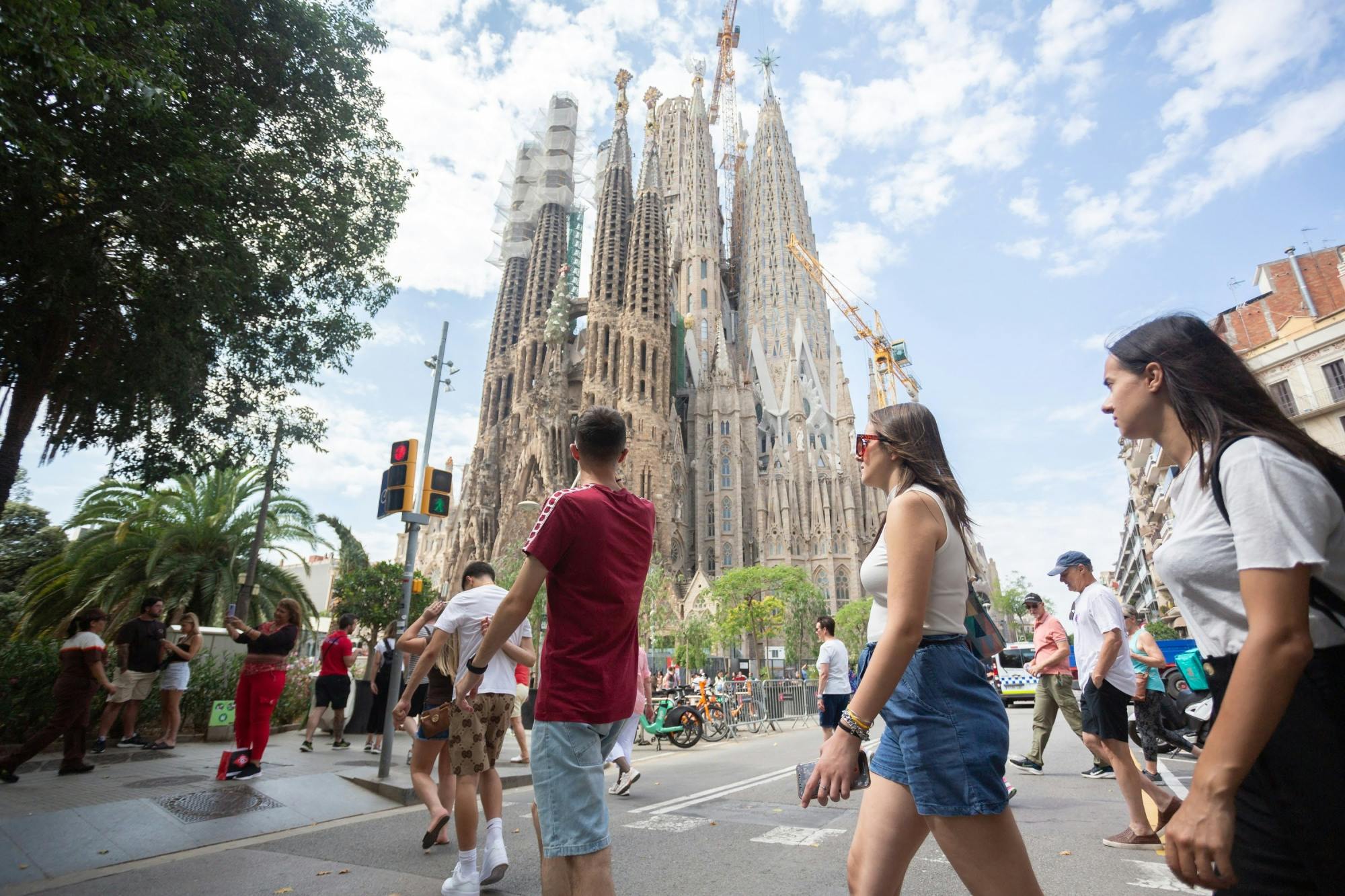la Sagrada Família Historical and Architectural Significance in Barcelona
The Basílica i Temple Expiatori de la Sagrada Família, more commonly known as Sagrada Família, is a monument of both historical and architectural significance in Barcelona, Catalonia, Spain. Designed by the celebrated architect Antoni Gaudí, the church is renowned for its unique blend of Gothic and Art Nouveau styles. Construction of the Sagrada Família began on March 19, 1882, under the guidance of architect Francisco de Paula del Villar. When Villar resigned in 1883, Gaudí took over as chief architect, radically transforming the project with his distinct architectural and engineering style. Gaudí devoted his life to this project until his death in 1926, at which point less than a quarter of the work was complete.
The church’s construction has been funded entirely by private donations. Progress was slow and further hindered by the Spanish Civil War, during which anarchists destroyed Gaudí’s original plans. Despite these setbacks, advancements in technologies like computer-aided design have enabled faster construction in recent years. The project’s completion was initially anticipated by 2026, the centenary of Gaudí’s death, but has been delayed due to the COVID-19 pandemic, with some aspects possibly only finishing by 2040.
Gaudí’s vision for the Sagrada Família was deeply symbolic. He intended the basilica to represent ‘the Bible made of stone,’ aiming to communicate the story of Jesus through visual elements and sculptures. The structure features three facades: the Nativity facade, celebrating Jesus’ birth and life; the Passion facade, depicting Jesus’ crucifixion; and the Glory facade, conveying the teachings of Christ. The basilica’s design incorporates 18 towers, each symbolizing important Biblical figures. Twelve represent the apostles, four for the Evangelists, one for the Virgin Mary, and the tallest for Jesus Christ. The highest tower will reach 172.5 meters, deliberately shorter than Montjuïc, the city’s highest point, reflecting Gaudí’s respect for the natural world.
Intriguingly, Gaudí’s design also draws heavily from nature. He frequently used moulds from real-life animals for the sculptures and adorned some of the apostles’ towers with fruit symbols, representing the fruits of the spirit and the Eucharist. The Sagrada Família stands as a testament to Gaudí’s unique vision, merging his deep religious faith with his artistic and architectural genius. Art critic Rainer Zerbst and Paul Goldberger have praised the basilica for its unparalleled design and as an extraordinary interpretation of Gothic architecture
